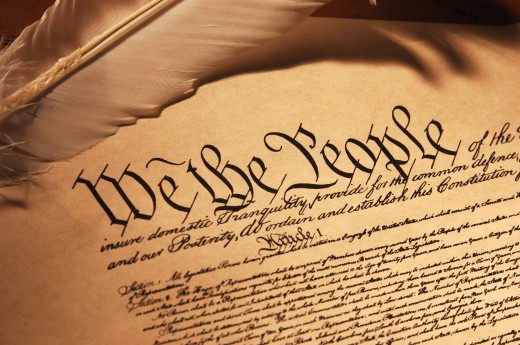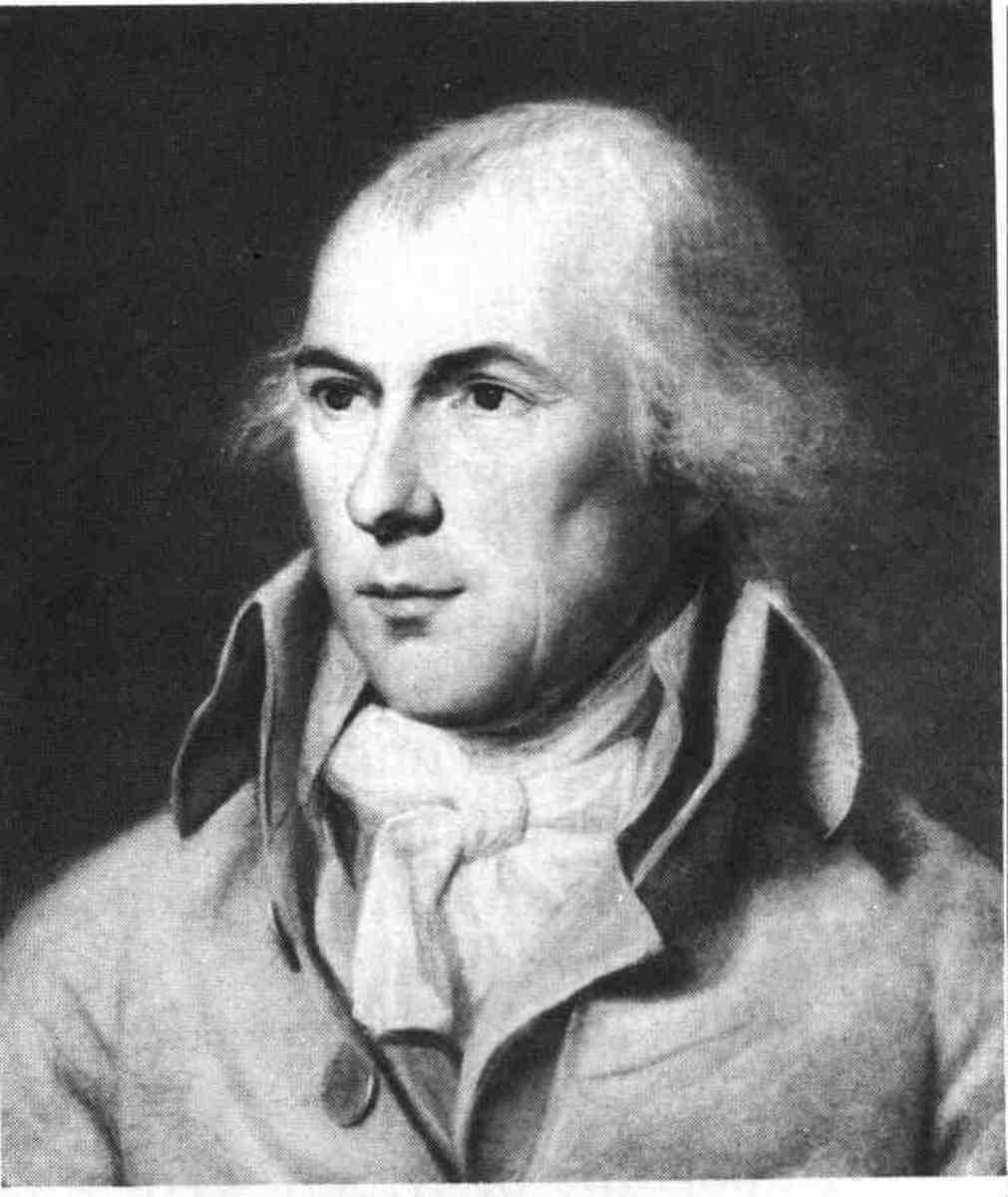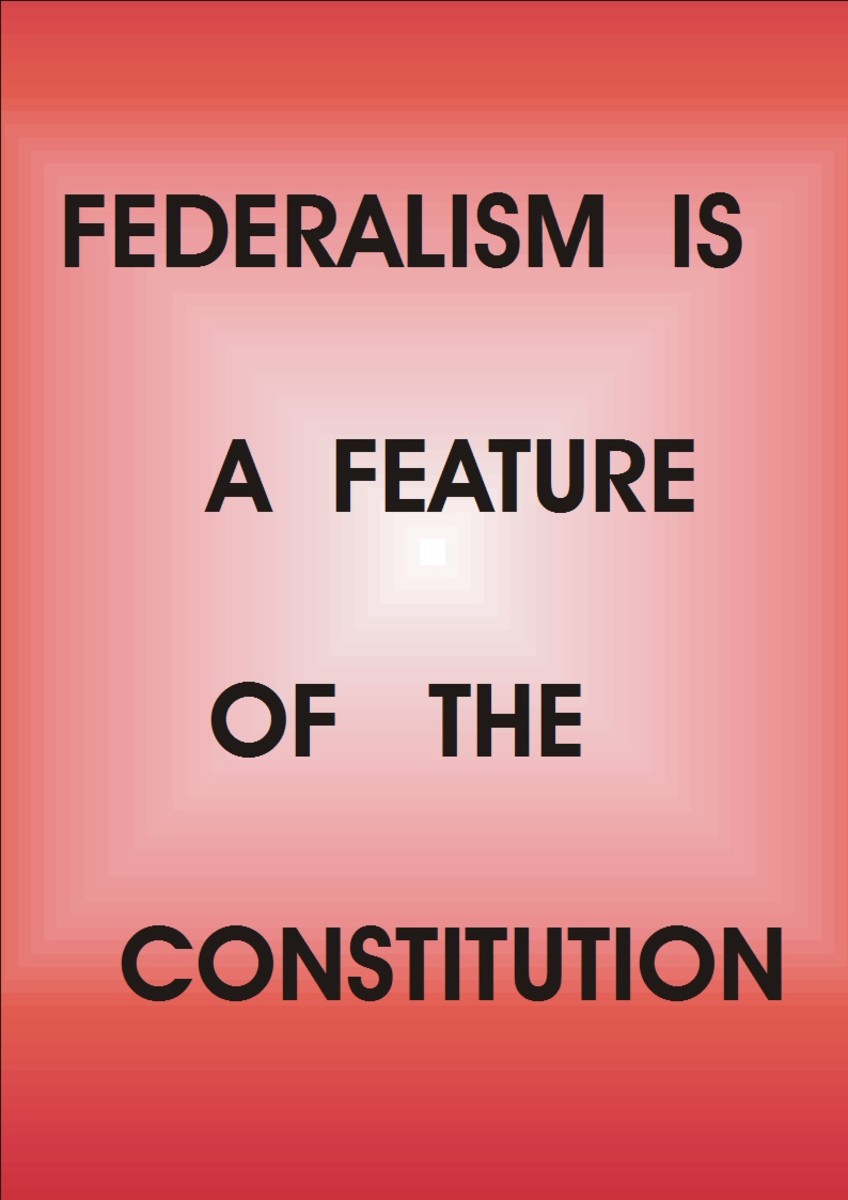What is the "Preamble" to the Constitution?

What is a Preamble?
Perhaps when you were in school, you memorized the “Preamble to the Constitution.” But what is a preamble and what is its purpose?
A preamble is a brief statement that sets out the purpose for a longer work. It should provide the reasons why the following document has been written. That’s exactly what the Preamble to the United States Constitution does: it sets out the reasons why the longer document was written.
Today, most national constitutions will have a preamble for their constitution. Let’s use the United States Constitution as an example. We can learn a lot about what its Framers wanted to accomplish when viewing the preamble.
In the United States Constitution, its Framers set out six purposes for their Constitution. Let’s look at those six purposes as they stated them.
We the People of the United States
1. In order to form a more perfect union. The United States was “united” under a government called the “Articles of Confederation.” This confederation served the United States until the existing Constitution went into operation in 1789. While the Articles of Confederation was a noble attempt to unite the newly formed states, it suffered from several defects such as having no executive or judicial power and a requirement that all states agree before any amendments could be added to the document.
The wording is instructive: a “more perfect” union. They did not believe they were creating a utopia. They were fully aware of their limitations and the limitations of mankind in general. Their hope for the new constitution was to make a government better than they have; not to make a government that tried to perfect mankind.
2. Establish Justice—The world has had few good rulers, but all of the good ones, past and present, have been concerned that governments be just. Justice can be defined as getting what you deserve. If you obey the law, then you should be esteemed by it; if you break the law, you should be punished by it. The Framers felt they they had been dealt with unjustly by the British, such as the denial of habeas corpus and the and the imposition of unlawful taxation.
3. Ensure Domestic Tranquility—When the men at the Constitutional Convention went to Philadelphia in May, 1787, many of them would have had in memory the recent events of Shays Rebellion that took place earlier that year. Shays Rebellion came to symbolize the lack of effectiveness of the governments under the Articles of Confederation. When Shays and his malcontents intimidated the courts and seized an armory, the existing government appeared powerless to repel them. Finally, a private militia was cobbled together to put down the insurrection. This event was disturbing to many of them, no less than George Washington who remarked, “If government shrinks, or is unable to enforce its laws; fresh maneuvers will be displayed by the insurgents – anarchy & confusion must prevail – and every thing will be turned topsy turvey in that State.” It was this fear of everything being turned “topsy turvey” that led many, including George Washington, to support the Philadelphia Convention of 1787 in order to better “ensure domestic tranquility.”
4. Provide for the Common Defense—The Framers of the Constitution were aware that “ensuring domestic tranquility” was not possible unless they could “provide for the common defense,” that is, the defense of the common man. The Framers believed that the American citizen should be armed to protect what was his and so that he could protect his community and country. To that end, they would later protect the right to keep and bear arms under the Second Amendment to the Constitution. We have to keep in mind that at the time of the writing of the U.S. Constitution, British soldiers had not left America and provided considerable grief to the Americans by encouraging strife between the Americans and some Native American tribes. And if that wasn't bad enough, the British navy would capture Americans, and “impress” them into the British navy. American merchants and seaman also faced oppression from Muslim pirates that patrolled the seas, especially the Mediterranean.
5. Promote the General Welfare—Probably one of the most misunderstood phrases in the U.S. Constitution is the phrase “promote the general welfare.” This could be translated as "wellbeing," that is, the Constitution would generally promote the benefit of mankind. During the 1930s, the Roosevelt Administration began to promote the idea of income redistribution as a kind of “welfare.” In fact, the word “welfare” has been co-opted to be synonymous with “income redistribution.” It’s obvious that the Framers did not have in mind a type of socialism when they were speaking of promoting “the general welfare.” The Framer’s sense of charity is no better expressed than by Ben Franklin, the senior member of the Constitutional Convention who said,
I think the best way of doing good to the poor, is not making them easy in poverty, but leading or driving them out of it. In my youth I travelled much, and I observed in different countries, that the more public provisions were made for the poor, the less they provided for themselves, and of course became poorer. And, on the contrary, the less was done for them, the more they did for themselves, and became richer.
6. Secure the Blessings of Liberty to Ourselves and Our Posterity—Many of the Framers of the Constitution, such as George Washington and Alexander Hamilton, had fought a war to “secure the blessings of liberty.” Now, they were forming a government to do the same. The Framers were great lovers of liberty which they considered “independence under law.” Even after they created the Constitution, some still felt that the Constitution did not go far enough in securing liberty. For that reason the Bill of Rights was adopted in 1791 to even better secure the “blessings of liberty.”
So, the Preamble provides you the insights as to why the Framers wrote the Constitution. But why would you have a Constitution in the first place? In this next essay, I go into more detail on the purpose of a Constitution.
© 2014 William R Bowen Jr






